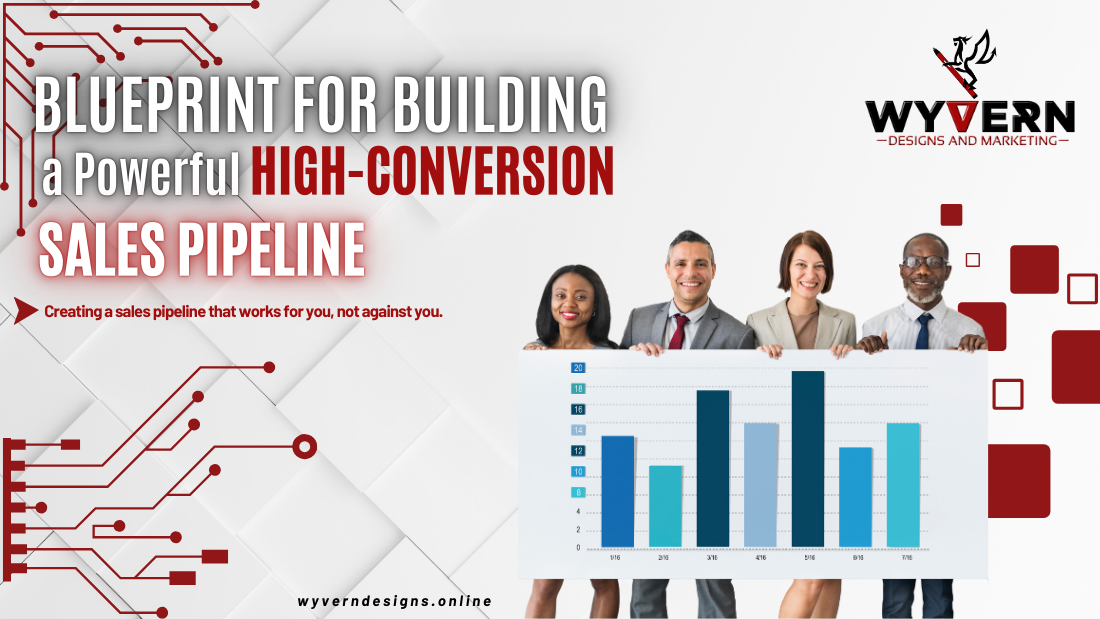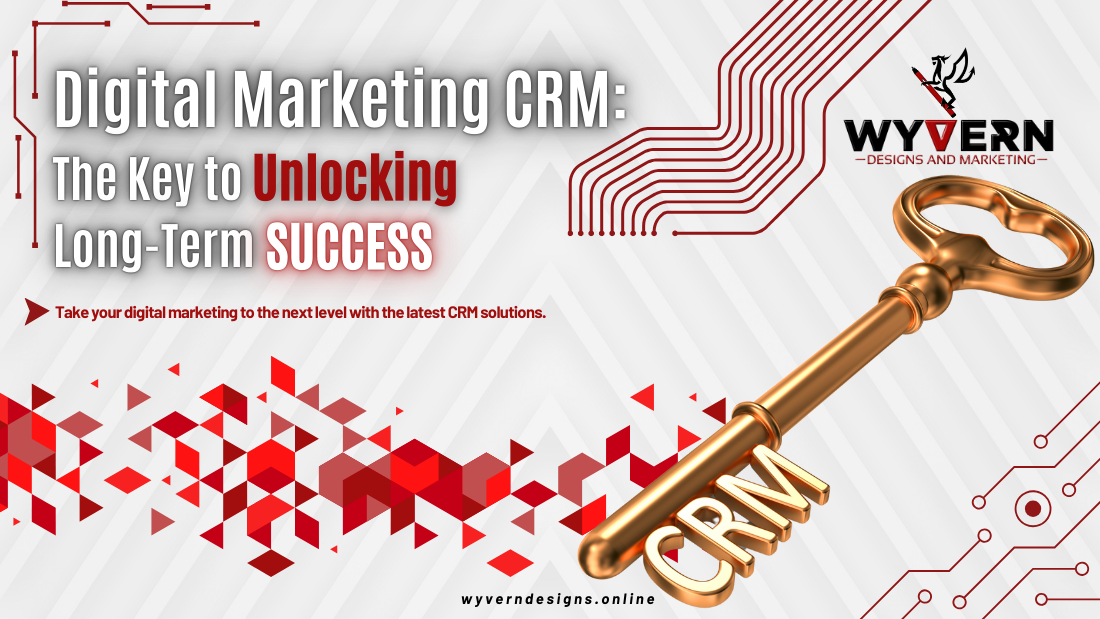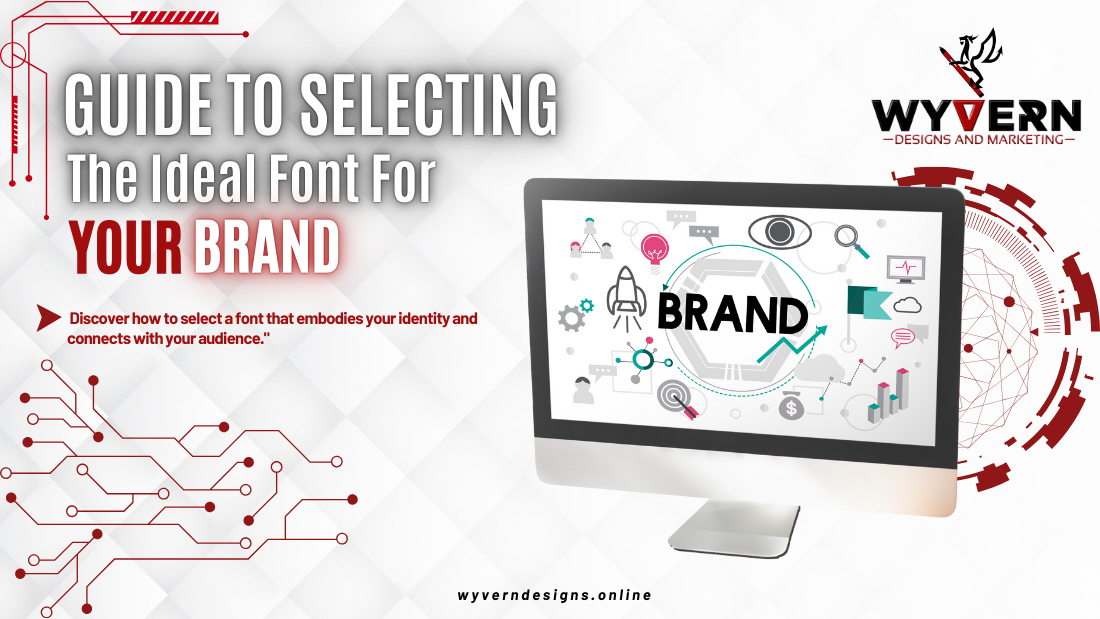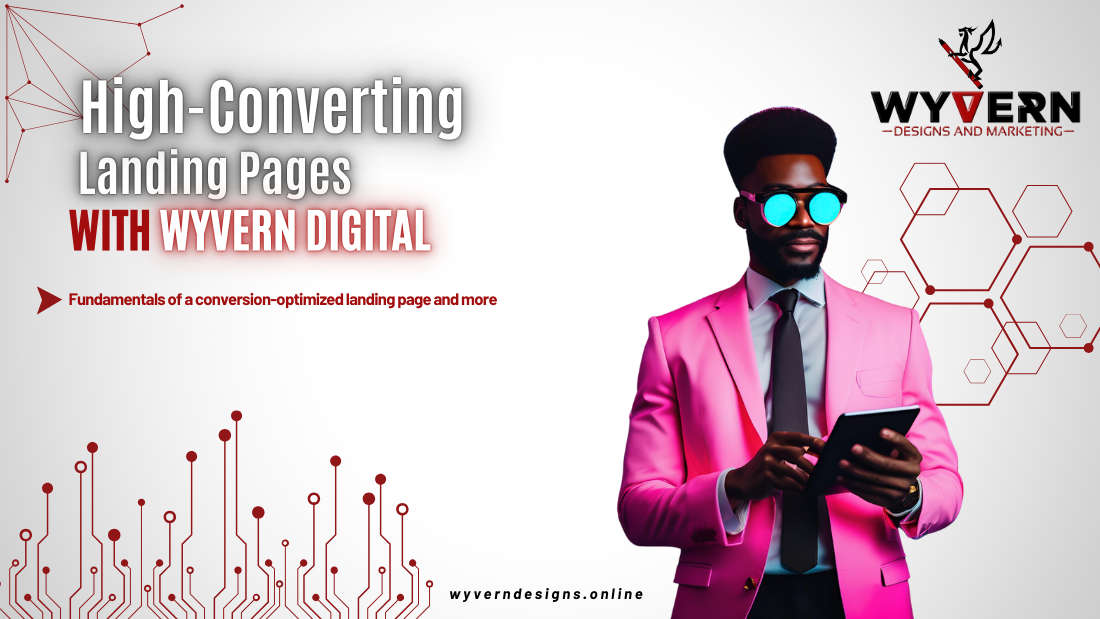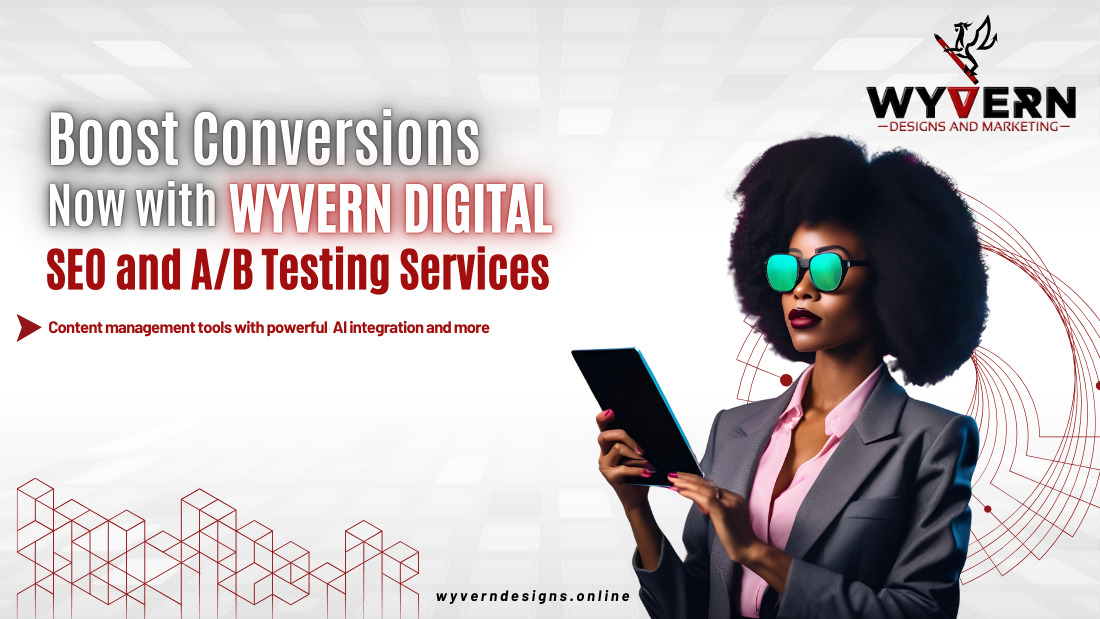Digital Marketing Guide for South African Business
In today’s fast-paced digital landscape, a well-crafted online strategy can make or break your business. This guide breaks down digital marketing into six key components, providing insights on how to successfully promote your business online.
What is Digital Marketing?
Digital marketing encompasses all efforts, techniques, and tools used to promote and sell products or services through digital channels. It involves leveraging websites, eCommerce, search engines, social media, and email marketing to connect with customers.
6 Essential Digital Marketing Components
1. Your Website: The Central Hub
Your website is the foundation of your digital marketing strategy. Ensure it’s user-friendly, fast, and has clear conversion paths. A well-designed website can increase conversions, improve user experience, and drive sales.
2. Google Business Profile: Boosting Visibility
A well-maintained Google Business Profile increases your chances of appearing in Google’s Local Pack and Maps, driving more customers to your business. This free listing provides essential information about your business, including hours, contact details, and services.
3. SEO: The Key to Quality Leads
SEO involves optimizing your website for search engines to improve rankings and drive quality traffic. Focus on keyword research, user experience, and quality content. By understanding how search engines work, you can increase your online visibility and drive more leads.
4. Social Media: Engaging with Your Audience
Social media platforms offer opportunities for free media reach and targeted paid ads. Develop a strategy that aligns with your business goals and target audience. By engaging with your audience on social media, you can build brand awareness, drive website traffic, and generate leads.
5. Paid Ads: Turbocharging Your Marketing
Paid ads provide immediate visibility and targeting precision. Consider search engine marketing, display ads, and social media ads to reach your audience. By using paid ads effectively, you can drive conversions, increase brand awareness, and reach your target audience.
6. Analytics: Measuring Performance
Web analytics tools like Google Analytics help you understand your website traffic, behavior, and conversion rates. Use data to refine your digital marketing strategy and improve your online presence.
Bonus Channels and Tools
Email Marketing: Personalized Communication
Email marketing offers a direct and personalized approach to engaging with customers. Use it to nurture leads, build relationships, and drive conversions. By segmenting your email list and creating targeted campaigns, you can increase engagement and drive sales.
CRM Software: Streamlining Your Database
CRM software helps manage large datasets, segment contacts, and tailor content. Consider investing in a CRM system to streamline your sales and marketing efforts.
Marketing Automation: Efficiency and Speed
Marketing automation streamlines repetitive tasks, allowing you to focus on high-value activities. Set up automated campaigns to boost efficiency and drive conversions.
Creating a Digital Marketing Strategy
Planning: Define Your Objectives
Set clear goals and priorities for your digital marketing strategy. Identify your target audience and select the right platforms. By understanding your audience and goals, you can create a targeted and effective digital marketing strategy.
Mapping Out Objectives and Goals
Define SMART goals and map out your sales cycle. Determine the number of leads, MQLs, and SQLs required to achieve your objectives. By setting clear goals and metrics, you can measure the success of your digital marketing strategy.
Selecting Digital Marketing Platforms
Choose platforms that align with your target audience and business goals. Consider factors like user demographics and behavior. By selecting the right platforms, you can increase your online visibility and reach your target audience.
Monitoring and Adapting Your Strategy
Regularly monitor your campaign’s performance, adjusting content, audiences, and budgets as needed. Stay up-to-date with the latest trends and best practices to ensure your digital marketing strategy remains effective.
Working with Digital Marketing Agencies
Consider partnering with experienced digital marketing agencies to supplement your in-house efforts. Ensure you have a solid understanding of digital marketing principles to guide the agency. By working with a digital marketing agency, you can tap into their expertise and drive more conversions.
Measuring Success
To measure the success of your digital marketing strategy, track key metrics like website traffic, conversion rates, and return on investment (ROI). Use data to refine your strategy and improve your online presence.
Staying Ahead of the Competition
To stay ahead of the competition, focus on creating high-quality content, engaging with your audience, and using data to drive decision-making. By staying up-to-date with the latest trends and best practices, you can ensure your digital marketing strategy remains effective.
Conclusion
Digital marketing is a complex and ever-evolving field. By understanding the key components of digital marketing and creating a targeted strategy, you can increase your online visibility, drive conversions, and achieve your business goals.
Final Thoughts
Digital marketing requires ongoing effort, adaptability, and resources. Stay focused on your goals, keep up with the latest trends, and continually refine your strategy to achieve success. By following the guidelines outlined in this article, you can create a comprehensive digital
Join the Wyvern Marketing community on multiple platforms: Website, Facebook and Instagram.




